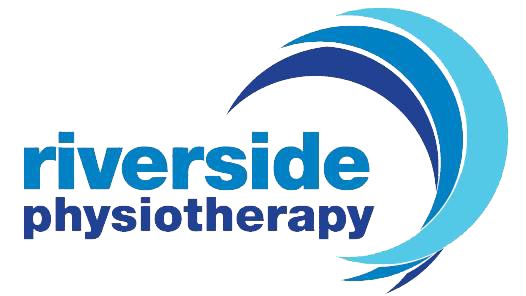Why P.O.L.I.C.E is the smart response to sports injuries
If you’ve just injured yourself through sports, what immediate action should you take? Tracie Bolger of Riverside Physiotherapy explains why the P.O.L.I.C.E principle is a best response to sports injuries.
You may have heard of R.I.C.E, which stands for Rest, Ice, Compression and Elevation. Physiotherapists now commonly recommend the P.O.L.I.C.E. principle instead. What does the P.O.L.I.C.E. acronym mean?
Protection:
In the first few days following an injury, the injured joint, ligament, or muscle should be rested. Once rested, you can start gentle motion of the injured area, while maintaining some protection. For example, an assistive device, like crutches, may be needed when walking to support and injured ankle or knee.
Optimum Loading:
This describes the gentle motion you can start while in the Protection phase. For example, after a few days of rest following a shoulder injury or shoulder surgery, you should be able to progress to a passive range-of-motion (ROM) movement, to active ROM movement, and finally, to strengthening exercises. This progressive loading of your injury can help promote optimal healing and can also prevent delays in returning to normal due to joint and muscle tightness or loss of muscle mass (atrophy). Your physio will provide guidance to ensure you maintain progress.
Ice:
Applying ice to an injured muscle or joint may help to manage swelling and can help decrease acute pain. Ice and cold packs should be wrapped in a soft cloth or towel to avoid direct contact with bare skin. Your physio can give you advice on the best way to do this based on your injury.
Compression:
While applying ice, wrap it in a towel to add a little compression and protect your skin. Certain products, such as ice wraps, will both cool and compress the injury at the same time.
Elevation:
Elevation is simple for certain body parts. An injured ankle or knee can be placed on a stack of pillows while you are lying down. For elbow or wrist injuries, you will need to use something, such as a pillow or cushion, to elevate your entire arm. Your Physio can give you advice on the best way to elevate your injury.
Although the P.O.L.I.C.E. principle offers good guidance and simple methods initially to deal with an acute injury, if your injury is serious, you should seek immediate medical advice. A visit to your physiotherapist may be helpful, as they will give you advice on the best protection for your injury.
How can physiotherapy help?
We can advise you on what protection your injury needs. We will guide through moving from the protective phase into the optimal loading or rehabilitation phase to assist your recovery. Performing simple exercises and movements after an injury engages your body’s natural healing mechanisms and allows your injured muscle, ligament or joint to heal more effectively. As it heals, we will change your exercises to ensure optimal loading, and your movement will improve as you get back to normal activity.
If you’re worried about stiffness or loss of strength after an injury, or a long period of rest, call us on 01895 623 558 to book an appointment.

